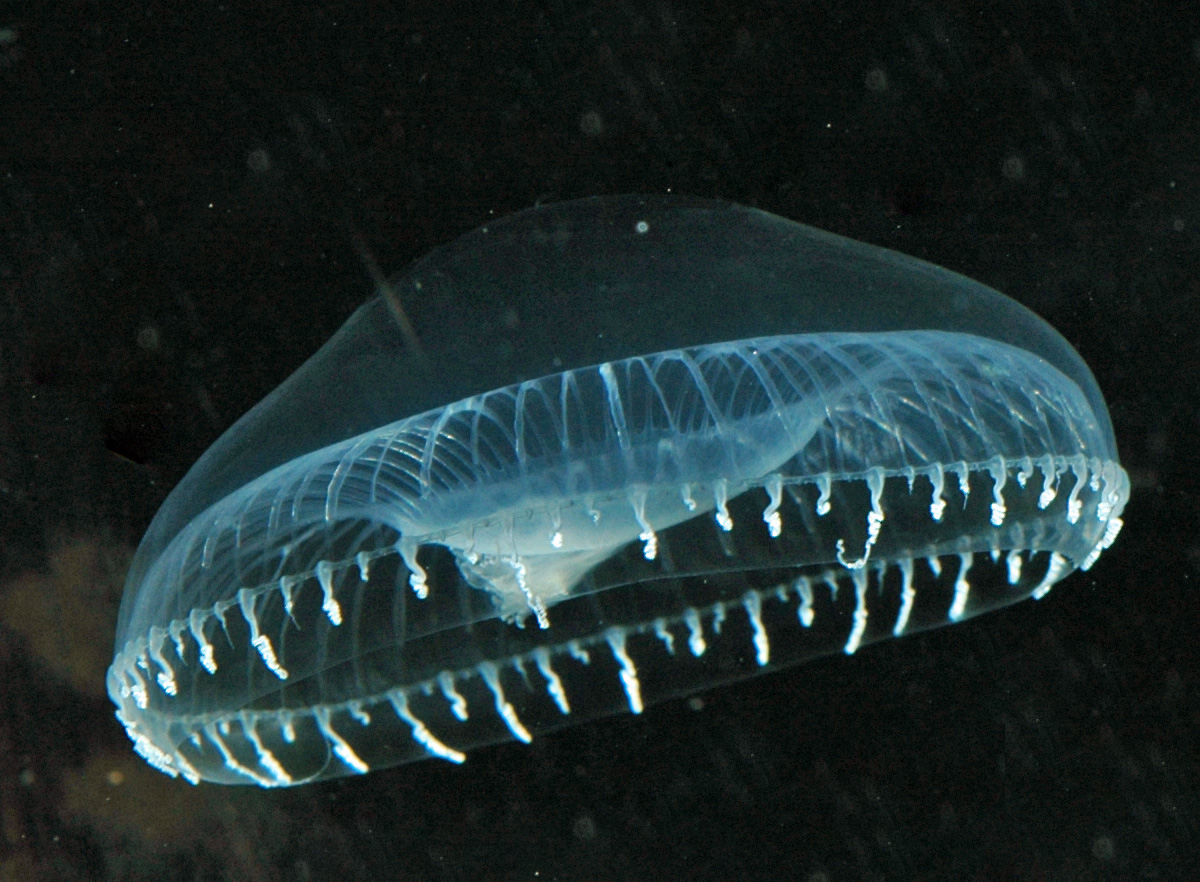
Jellyfish that glow in the dark are called bioluminescent jellyfish, and they can be found beneath the placid surface of the oceans around the world. These fascinating critters have piqued the interest of researchers, scuba divers, and those who simply appreciate nature for hundreds of years, and with good cause. The stunning light and colour shows that they put on have been the focus of a great number of myths and stories, but the reality behind how they do it is even more fascinating. This blog will take us on an in-depth exploration of the fascinating world of bioluminescent jellyfish, covering topics such as their biology, the remarkable adaptations they have developed, and the entrancing beauty they bring to the depths of our oceans.
The Science Behind Bioluminescence
The ability of living creatures to generate light by means of a chemical reaction is referred to as bioluminescence. In the case of bioluminescent jellyfish, this phenomenon is primarily brought on by luciferase and luciferin, which are both vital molecules. Both luciferase and luciferin are types of proteins, however luciferin is the one that emits light. A chemical reaction that produces light takes place when these two components, together with oxygen, are combined together.
Types of Bioluminescent Jellyfish
There are many different kinds of bioluminescent jellyfish in seas all over the world. Each has its own set of traits and light show. Some of the most well-known ones are:

- Aequorea victoria: This species is called the “crystal jelly” because its bell is clear and it is the source of the green fluorescent protein (GFP), which has changed molecular biology study.
- Cyanea: People often call these big jellyfish “lion’s mane jellyfish” because of their bright red or orange colours.
- Pelagia noctiluca: This species, called the “mauve stinger” by most people, gives off a beautiful violet glow.
The Role of Bioluminescence
Bioluminescence in jellyfish is important for several reasons:
- Predator Avoidance: Some jellyfish have a defence system called bioluminescence. When they feel attacked, they can send out flashes of light to scare or confuse their enemies.
- Attracting Prey: Bioluminescent jellyfish often use their light to draw small prey, like plankton, to their tentacles.
- Communication: Scientists think that some jellyfish use bioluminescence to talk to other members of their species, maybe to mate or to warn of danger.
Deep-Sea Mysteries
Many bioluminescent jellyfish live in the deep sea, where they put on an amazing light show in the pitch-black night. In this harsh climate, their ability to make light is essential for navigation, communication, and finding food. The deep sea is one of the most mysterious and least understood places on Earth, and bioluminescent jellyfish are an important part of this environment.
Conservation Efforts
Like many other marine animals, bioluminescent jellyfish are threatened by the loss of their habitat, pollution, and climate change. Protecting their surroundings, letting people know about them, and studying their biology to learn more about what they need are all ways to help save these fascinating creatures.
Witnessing the Magic
If you want to see the magic of bioluminescent jellyfish for yourself, you could plan a night dive in a place like Jellyfish Lake in Palau or Mosquito Bay in Vieques, Puerto Rico, which are known for their shows. With these activities, you can see nature’s most beautiful light show up close.
Conclusion
Jellyfish that glow show how many different kinds of life there are under the top of the ocean. Scientists and adventurers are still mystified and inspired by how they can make light for defence, hunting, or contact. As we explore and protect the world’s oceans, these amazing creatures tell us of the amazing beauty that lies in the depths of our planet’s last frontier.



